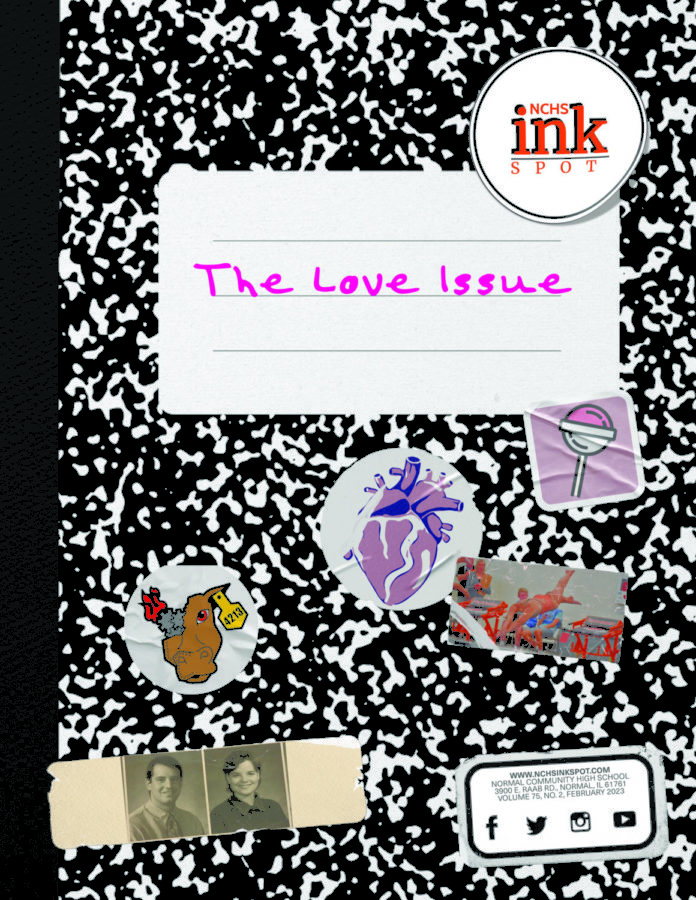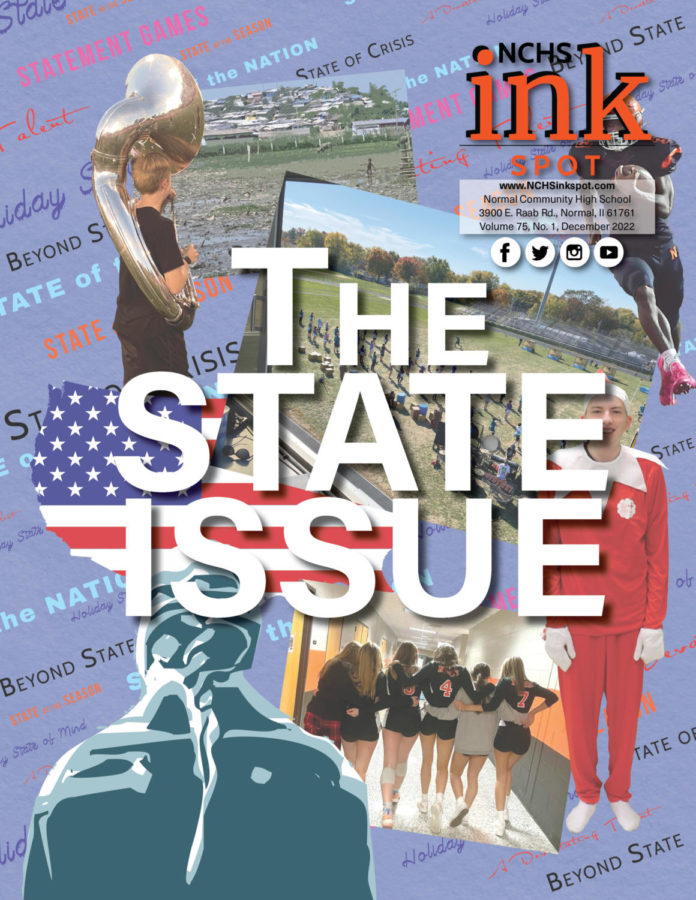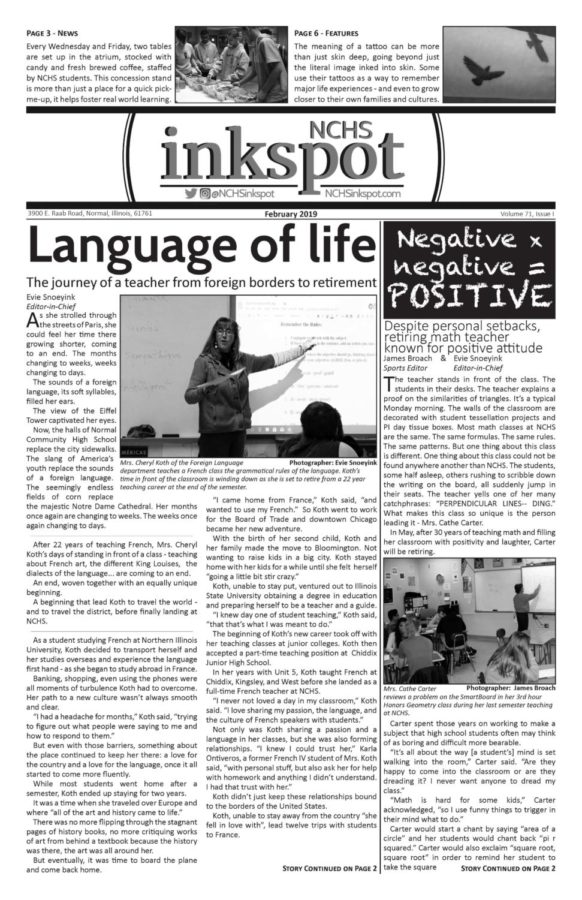First they came for the Center for Disease Control,
and I did not speak out—because I was healthy.
Then they came for the migrants and refugees,
and I did not speak out—because I was a legal citizen.
Then they came for paper straws,
and I did not speak out—because I was not a turtle.
Then they came for the trade unions,
and I did not speak out—because I was a student.
Then they came for the Constitution.
And by then, it was classified.
The thing about silence: it adds up.
What starts as apathy becomes precedent. What begins as “not my issue” becomes policy. We don’t lose democracy in one sweeping moment—we leak it, drip by unchecked drip, until there’s nothing left to hold.
Here’s the question we should all be asking: Should one man have the power to redefine who gets rights in a democracy?
Executive orders make that power possible—and they’re being used more aggressively than ever before. What once was a tool for efficiency has become a weapon for bypassing the democratic process. It’s happening fast, and it’s happening without our consent.
Executive orders are presidential directives to federal agencies, meant to clarify or guide the enforcement of existing laws. They get their power from Article II of the U.S. Constitution, which gives the president the duty to “take care that the laws be faithfully executed.” They do not create new laws—that’s Congress’s job—but they can shape the application of those laws in powerful and, sometimes, dangerous ways.
Democracy is meant to move slowly–it’s a system designed with gum in the works. Checks, balances, oversight after oversight, the f-word: filibuster…
The executive order, though, was created with the original intent of giving the executive branch the ability to act swiftly, especially in times of national crisis.
But today, executive orders are increasingly used to push major policy changes through without debate or oversight. And once an order is signed, it can go into effect immediately.
The checks on executive orders are weak and slow. Congress can try to override them, but only by passing a new law—and the president can veto that law. Courts can rule them unconstitutional, but only after long legal challenges. And the easiest reversal comes only when the next president decides to undo them—if they choose to.
Which brings us to the present moment. President Donald Trump, in two months alone, has already signed 111 executive orders—more than half the 220 he signed during his first four years in office. That’s more than George Washington’s entire career total of eight. More than Biden’s 162, than Obama’s 277 in two terms.
Even Franklin Delano Roosevelt—who remains the all-time leader in executive orders at 3,721—issued his orders across four terms and twelve of the most turbulent years in American history. FDR governed through the Great Depression and World War II, facing a collapsed economy at home and global fascism abroad. His expanded use of executive power was driven by national emergency. And even then, his actions weren’t without resistance—his infamous attempt to add more justices to the Supreme Court was a step too far, rejected by many even in his own party.
Trump’s current flood of executive orders isn’t responding to a world war or a Great Depression. It’s targeting migrants, public health, environmental protections and the work of his predecessors. Within his first 48 hours back in office, he revoked 41 percent of President Biden’s executive orders. Not debated. Not voted on. Just undone.
This isn’t about left or right—it’s about whether any one person should have this much unchecked authority.
The consequences are already visible. Trump’s recent orders have allowed the government to detain migrants without due process, rerouting some to El Salvador—a move that shifts blame but not responsibility.
Others are held in Guantánamo Bay, where the Constitution has historically operated more like a suggestion than a guarantee. Under George W. Bush and Obama, Gitmo functioned as the black hole of American justice, home to accused terrorists held indefinitely.
It’s also where the CIA practiced “enhanced interrogation techniques,” a phrase that sounds sterile until you learn its origin: “verschärfte Vernehmung,” the Nazi term for torture.
Now that power—the power to detain, to classify, to strip rights—has been extended to a new group of “terrorists”— people labeled “illegal immigrants,” writing Op-Eds in their school newspapers, exercising the first amendment right to demonstrate on Gaza and the West Bank.
With a redefinition of terms, Trump’s orders have allowed the executive branch to treat asylum seekers, journalists and activists like terrorists. Reclassification that opens a door to surveillance, indefinite detention, even torture. Violations of inalienable human rights (see the Eighth amendment).
This isn’t new for America. We’ve done this before—to Japanese Americans during World War II, to Black activists during the Civil Rights movement, to Muslims after 9/11. We did it at Kent State.
Now we’re doing it at Tufts University.
The difference, now, is how easily it’s being done, and how few of us seem to be paying attention.
The presidency has been growing more powerful for decades, but Trump’s approach has turned that growth into a sprint. Executive orders, once meant to serve democracy, are now being used to shrink it.
When we normalize unchecked executive power, we invite abuse. We train the public to expect rule by signature. We risk losing the very thing the executive is sworn to protect: the Constitution.
The Constitution is a living document, designed to change, evolve, to be amended. Not to be overruled.
One of the document’s primary purposes was to prevent an autocrat, a dictator, a king–providing the individual, the collective, the states with rights. Congress, the Senate appear in Article I, the president isn’t mentioned until Article II.
So what do we do?
We pay attention. We ask hard questions. We learn how power works, and how it is being used today—not just in history textbooks, but in real time.
We resist the urge to stay silent just because we aren’t the ones being targeted. The moment we say “it’s not my problem” is the moment it becomes everyone’s problem.
We use our voices—whether in class, online, or, better yet, at the ballot box. We write our senators, our congressmen, our representatives.
We support leaders who believe in limits, who understand that strength in a democracy comes from restraint, not domination.
Democracy doesn’t collapse all at once.
It erodes, order by order, signature by signature, while we scroll past the headlines and assume someone else will stop it.
The Constitution doesn’t defend itself.
That’s our job.
And we’re already behind.
How to Contact Your Elected Officials:
Want to make your voice heard on issues that matter? Reach out directly to your representatives. Residents of Bloomington-Normal can use this interactive tool to find contact information for their U.S. Senators and House Representative.
Call, email or send a letter—personalized messages are the most effective way to let your elected officials know where you stand.




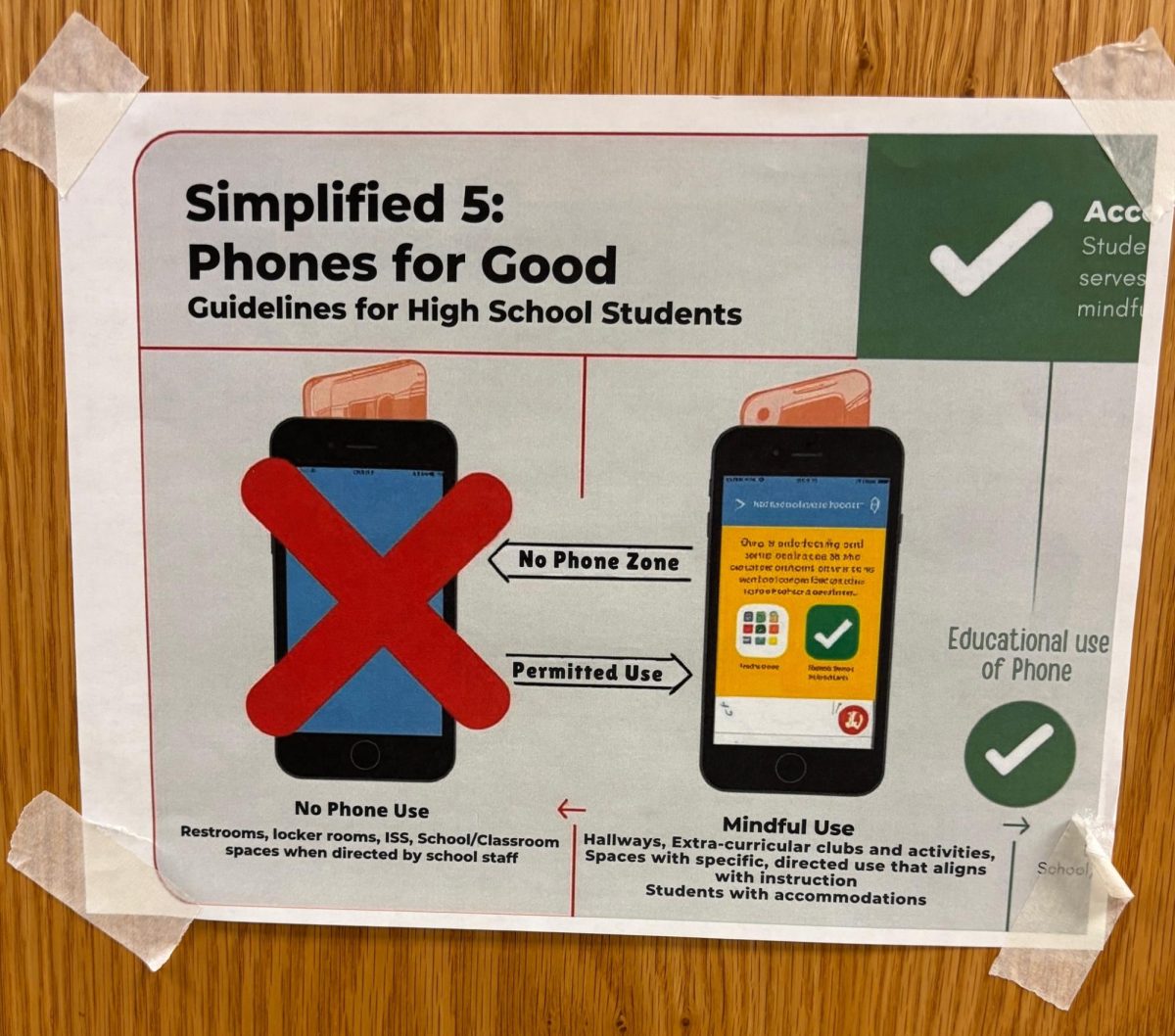







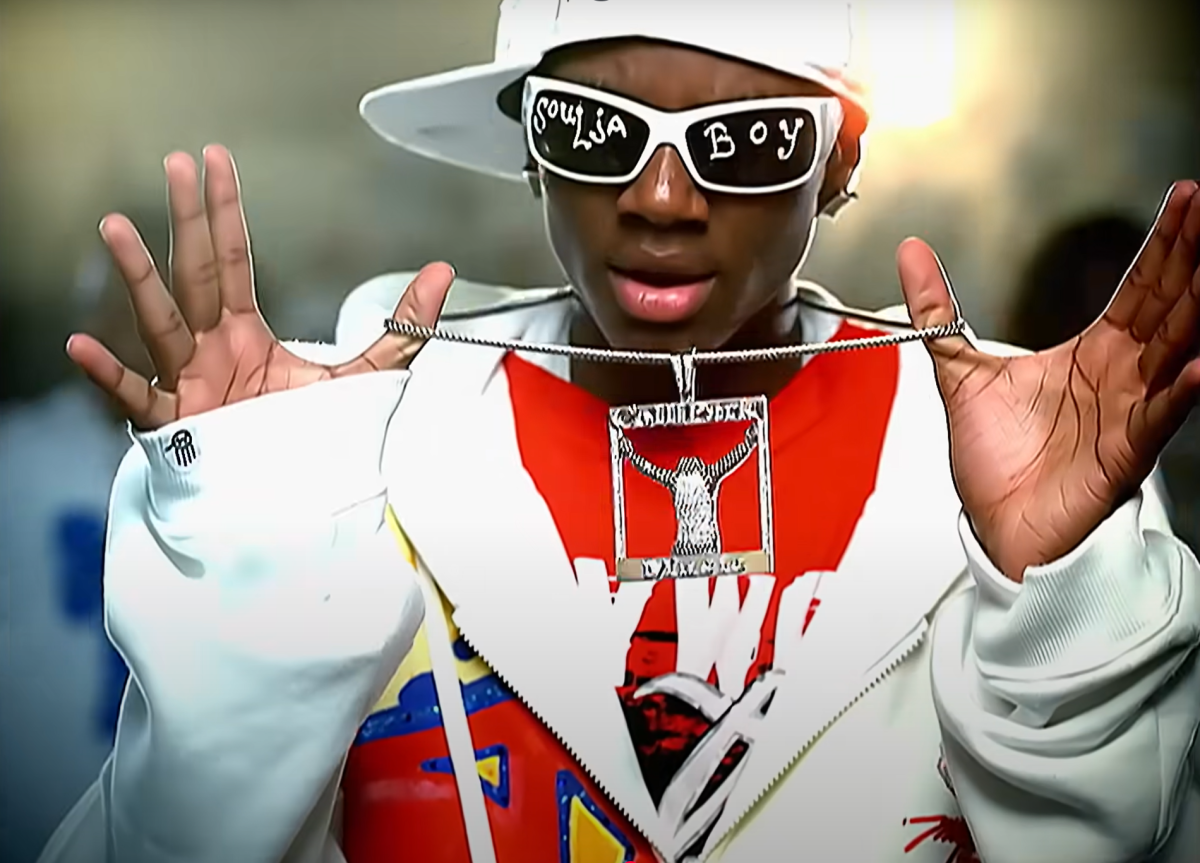










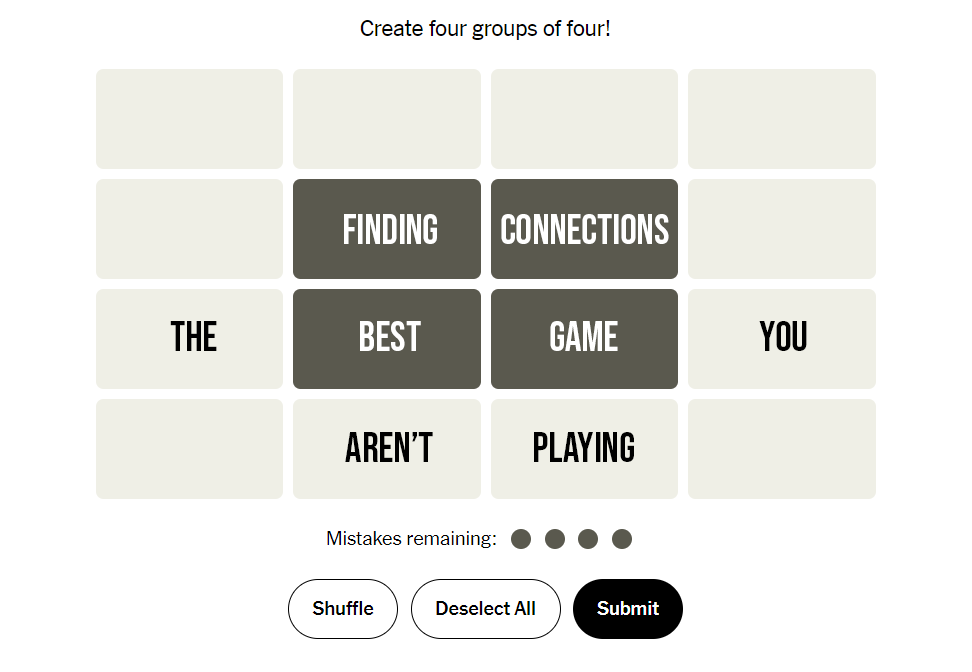



![Week 7: Coach Drengwitz recaps the Ironmen’s win over Bloomington, talks Danville [video]](https://nchsinkspot.com/wp-content/uploads/2025/10/Vikings-feature-Image-1200x675.png)









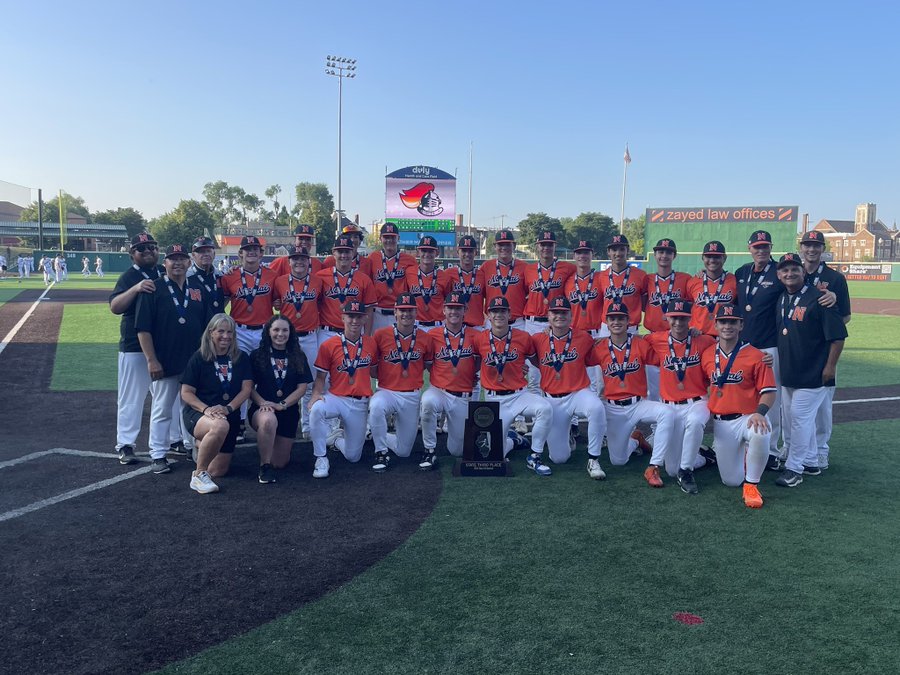








![Halloween candy cross section quiz [quiz]](https://nchsinkspot.com/wp-content/uploads/2022/10/Candy-cover-big-900x675.png)
![Average Jonah? [quiz]](https://nchsinkspot.com/wp-content/uploads/2022/05/average-jonah-900x600.png)


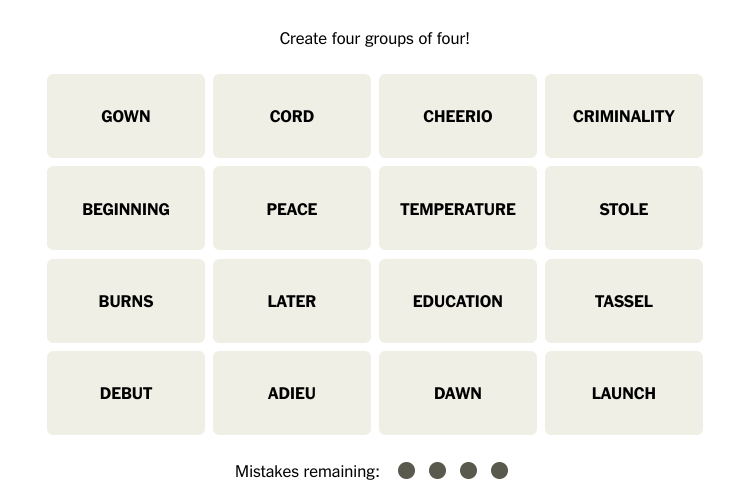
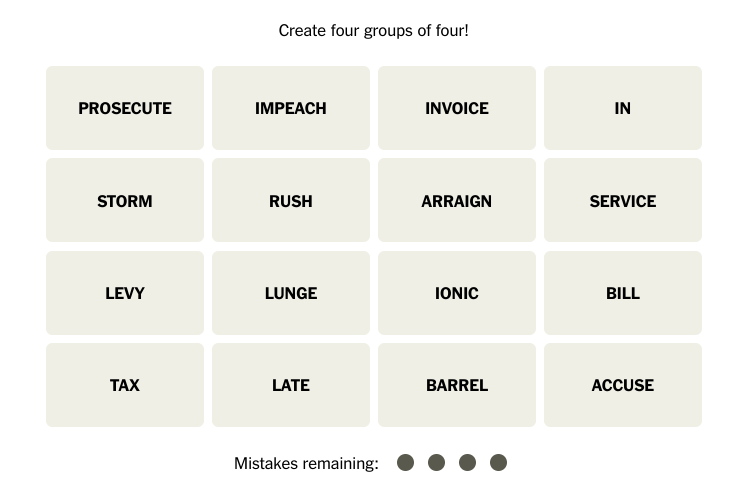
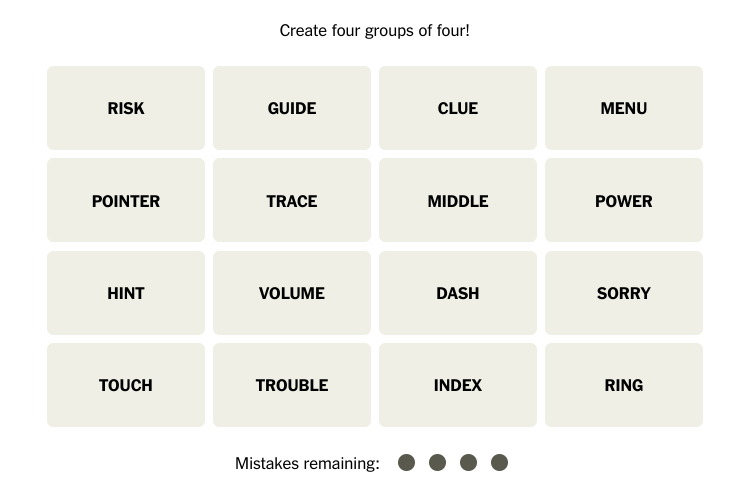
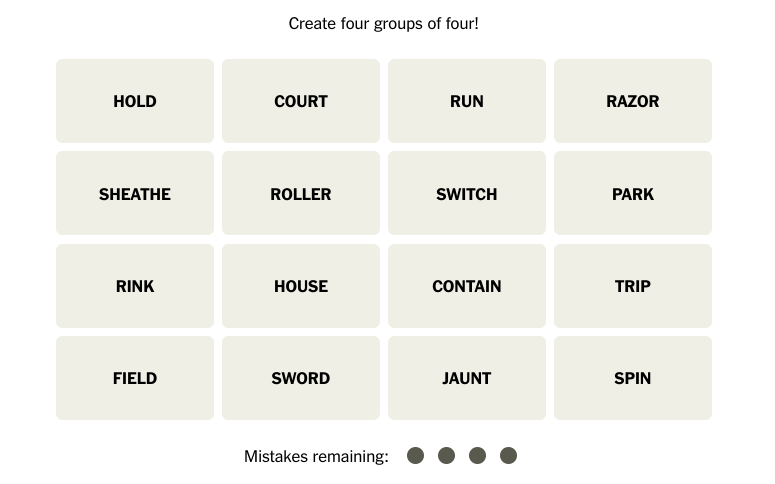

![[Photo Illustration]](https://nchsinkspot.com/wp-content/uploads/2025/09/trigger-words.png)










![Week 5: Coach Drengwitz previews the Ironmen’s matchup vs. Peoria Manual, recaps Week 4 [video]](https://nchsinkspot.com/wp-content/uploads/2025/09/Week-5-v-Rams-1200x675.png)
![Postgame reaction: Coach Drengwitz on Community’s 28-17 Loss to Kankakee [video]](https://nchsinkspot.com/wp-content/uploads/2025/09/Week-4-postgame--1200x675.png)





![Week 4: Coach Drengwitz previews the Ironmen’s matchup vs. Kankakee [video]](https://nchsinkspot.com/wp-content/uploads/2025/09/Ironmen-v-Kankakee-video-1200x1200.png)
![On the Spot: This or That – Halloween [video]](https://nchsinkspot.com/wp-content/uploads/2024/10/tot-Halloween-YT-1200x675.png)
![On the Spot: This or That – Fall favorites [video]](https://nchsinkspot.com/wp-content/uploads/2024/10/ots-fall-web-1200x800.png)
![On the Spot – Teachers tested on 2023’s hottest words [video]](https://nchsinkspot.com/wp-content/uploads/2024/01/On-the-Spot-Teachers-tested-1200x675.png)

